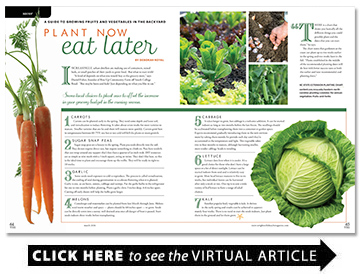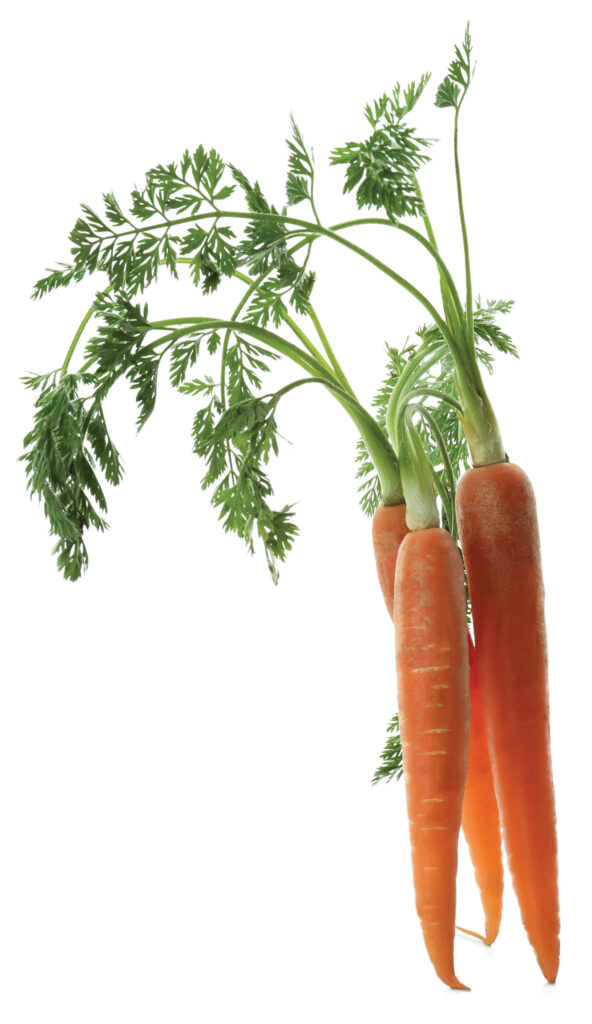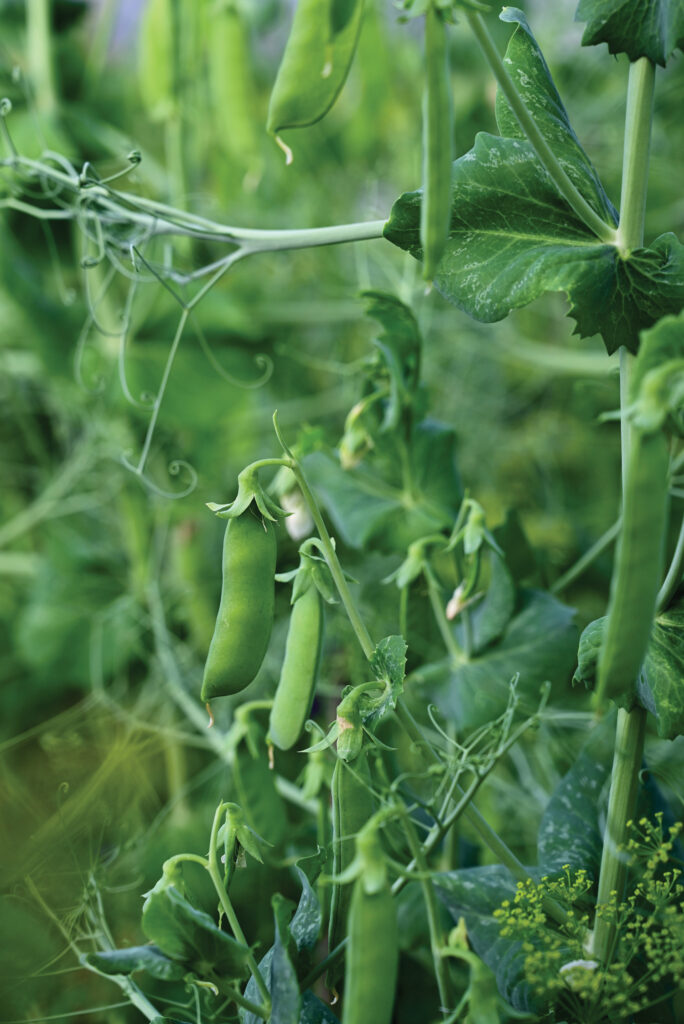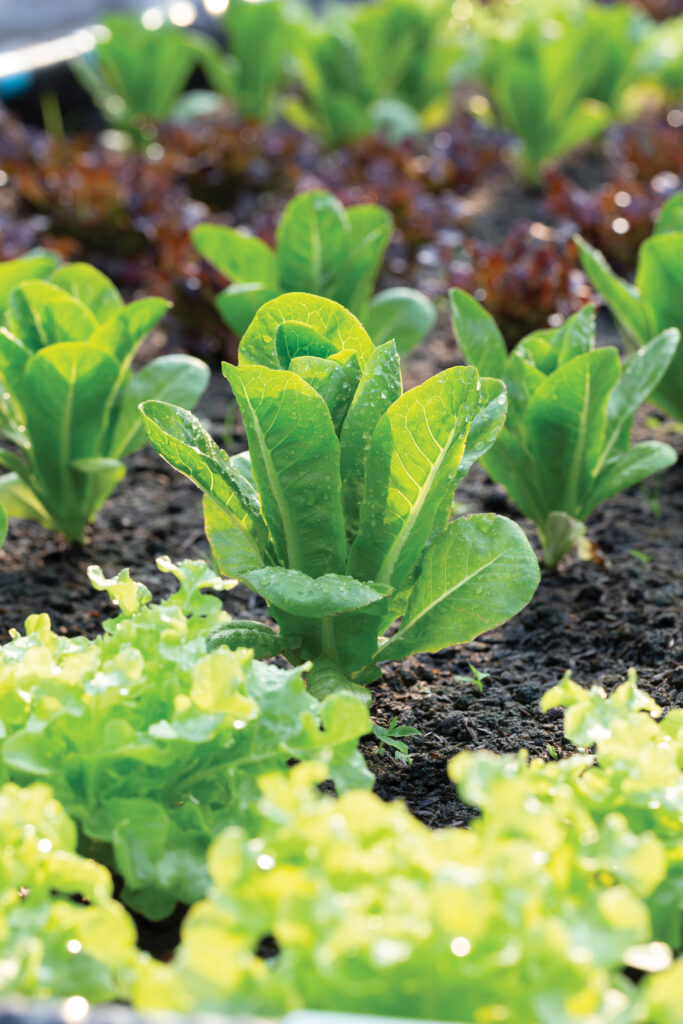Plant Now Eat Later
A guide to growing fruits and vegetables in the backyard
BY Deborah Royal
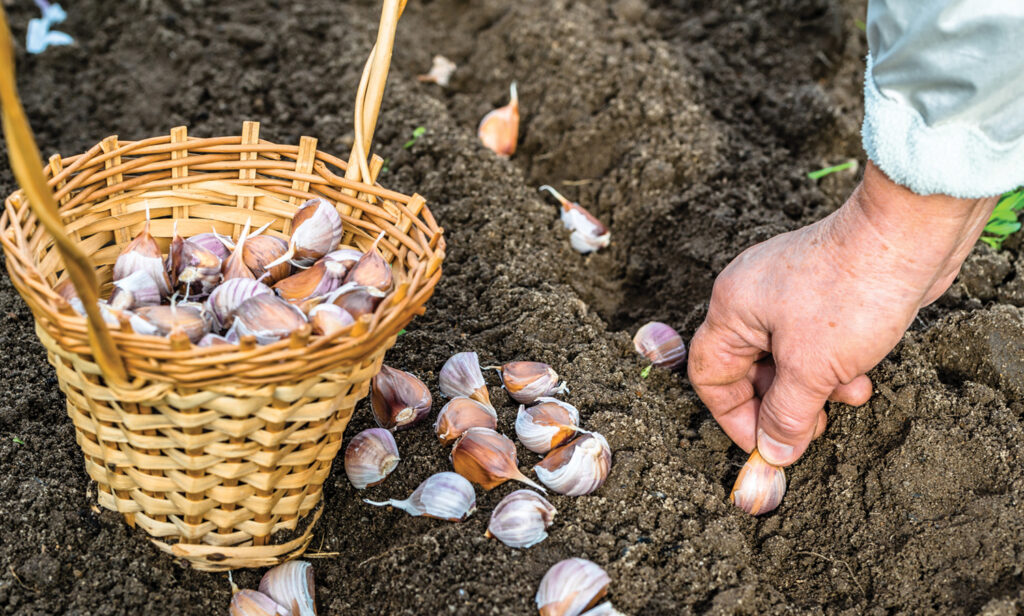
Increasingly, urban dwellers are making use of containers, raised beds, or small patches of their yards to grow food. But what to start with?
“It kind of depends on what you would buy at the grocery store,” says Daniel Fisher, founder of Rise Up Community Farm off South College Road. “But maybe beets and kale? Just depending on what you like to eat.”
There is a chart that shows you basically all the different things you could possibly plant and the dates that you can start them,” he says.
The chart notes that gardeners at the coast can plant up to two weeks earlier in the spring and two weeks later in the fall. “Plants established in the middle of the recommended planting dates will do best with lower success rates at both the earlier and later recommended and planting dates.”
Seven local choices to plant now to offset the increase in your grocery budget in the coming season.
1. Carrots
Carrots can be planted early in the spring. They need some depth and loose soil, and vernalization to induce flowering. It takes about seven weeks for most varieties to mature. Smaller varieties that are fat and short will mature more quickly. Carrots grow best in temperatures between 60-75°F; too hot or too cold will kill the plants or stunt growth.
2. Sugar Snap Peas
Sugar snap peas are a luxury in the spring. Plant pea seeds directly into the soil. They do not require direct sun, but require something to climb on. Peas have tendrils that can wrap around any support that’s less than a quarter of an inch wide. DIY resources are as simple as wire mesh with a 1-inch square, string or twine. They don’t like heat, so this is the ideal time to plant and encourage them up the trellis. They will be ready in eight to 10 weeks.
3. Garlic
Some seeds need exposure to cold to reproduce. The process is called vernalization; the cooling of seed during germination to accelerate flowering when it is planted. Garlic is one, as are beets, onions, cabbage and turnips. Put the garlic bulbs in the refrigerator for one to two months before planting. Plant a garlic clove 2 inches deep, 4-6 inches apart. Cutting off early shoots will help the bulbs grow larger.
4. Melons
Cantaloupe and watermelon can be planted from late March through June. Melons need warm weather and space — plants should be 60 inches apart — to grow. Seeds can be directly sown into a sunny, well drained area once all danger of frost is passed. Start seeds indoors three weeks before transplanting.
5. Cabbage
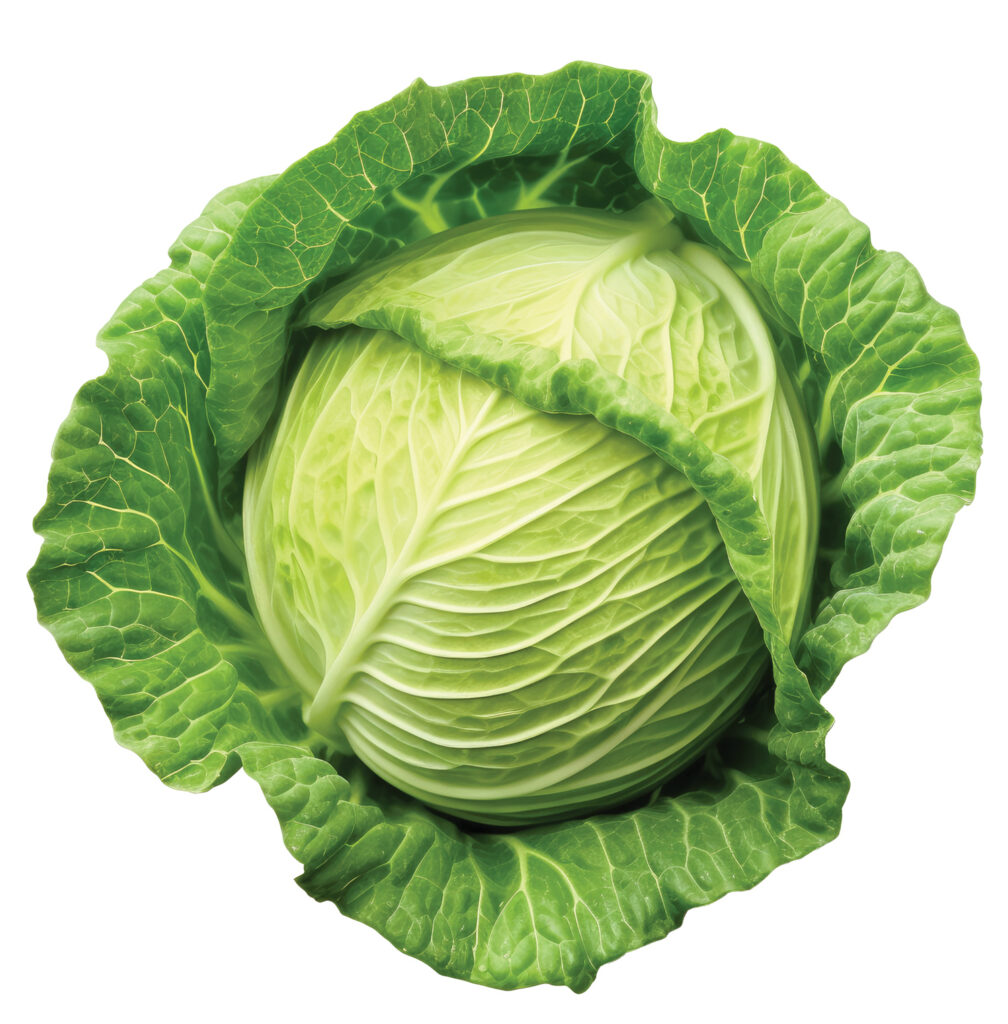
It takes longer to grow, but cabbage is a welcome addition. It can be started indoors as long as two months before the last freeze. The seedlings should be acclimated before transplanting them into a container or garden space. Experts recommend gradually introducing them to the new environment by taking them outside for periods each day until they’re accustomed to the temperature and light. This vegetable takes two to four months to mature, although harvesting smaller, more tender cabbage heads is trending.
6. Lettuce
Lettuce does best when it is cooler. It’s a good choice for those who don’t have a large space or a lot of direct sunlight. Lettuce can be started indoors from seed and is relatively easy to grow. Most head lettuce matures in five to six weeks, but individual leaves can be harvested after only a week or two. One tip is to sow a wide variety of leaf lettuce to have a range of salad choices.
7. Kale
Another popular leafy vegetable is kale. It thrives in the early spring and results can be achieved in approximately four weeks. There is no need to start the seeds indoors. Just plant them in the ground and let them grow.
NC State Extension Planting CHART:
content.ces.ncsu.edu/eastern-north-carolina-planting-calendar-for-annual-vegetables-fruits-and-herbs
